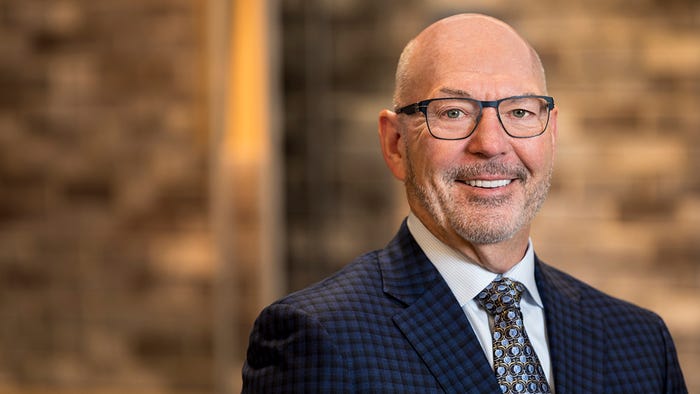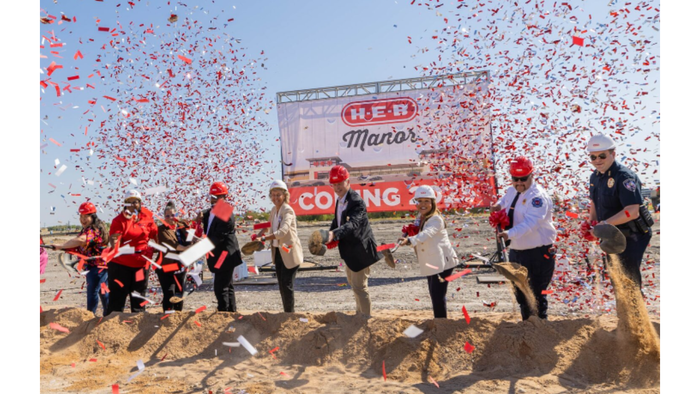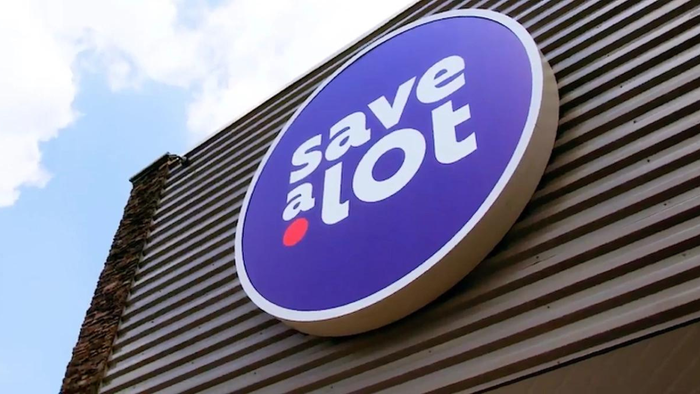Talking Shop with… Jason Spafford
January 1, 2018
Jason Spafford, vice president, business development for McKay TransCold, says long-haul trucking cost will continue to increase. What are the biggest challenges for retailers in regard to logistics for produce and other products? Jason Spafford: Although many may not be seeing it, trucking costs will increase due to the simple fact that there are fewer hours to move products. This can be dealt with more effectively on a regional level, but for cross-country moves changes will be more dramatic. I think another challenge is providing “Just in Time” service and being able to offer more choices to consumers. We think our refrigerated forwarding distribution hubs can offer opportunities for pooling, mixing and multi-vendor consolidation. What kind of efficiencies can you bring in terms of logistics? McKay TransCold comes from a trucking background with experience hauling sensitive commodities such as eggs and ice cream. As a 3PL we combine our knowledge of trucking with the long haul move between California and the Midwest and beyond. We will also consult at no charge to help customers tighten their supply chain. Product safety is a big concern. What are the safest ways to deliver products to retailers? We have taken this to the next level, beyond what is commonly done in rail service—and trucking for that matter. We have developed a patent-pending adjustable in-car racking system to double stack pallets, requiring minimal dunnage while providing the safest ride cross country. Since our service is non-stop, the boxcars are not traveling into hump yards, having that additional stress added. Additionally, McKay TransCold is the only entity that the customer deals with. In the event of damage, the railroad is not involved. McKay TransCold is responsible for the entire move. Does this service help retailers save time and money? Yes, the savings vary between 8%-15% depending on season and particular lane and whether taking advantage of some of the added services. The saving money part is the easiest piece of the puzzle. Saving time occurs in a non-traditional way. With 200 truckloads or a “Rolling Warehouse” coming to one location—Ridgeport Logistics Food Park in Illinois, for example—there becomes tremendous opportunities for all the aforementioned scenarios of pooling, mixing and customer pick up. If a company wants to increase the efficiency level they can choose to build their own warehouse at the 130-acre food park (and the same is true for the food park on the California side) or simply utilize McKay TransCold’s forward DC program. How can McKay TransCold help? Tell us about your overarching strategy with your unit train. We want to work with customers and analyze their entire supply chain and see how we can help—or, quite honestly, say if we cannot help. We are not the standard point A to point B logistics company. We generally want to work with customers to look at the big picture. In many cases to have a view like this, including both warehousing and transportation, it needs to be an initiative that comes from the company’s top decision makers. Many times the front line logistics teams are caught up in the day-to-day decisions and can find it difficult to evaluate a program that may span two vastly different departments. We want to help break down those “silos.” At the end of the day, we are all about using the boxcar for the long haul, creating very efficient hubs that are fully functioning cold storage and mini DCs, and using trucking on a regional level to cost effectively move products up to 500 miles (in certain lanes) from our hubs. Our goal is to forge relationships built on quality service, fair pricing and transparency.
About the Author
You May Also Like




